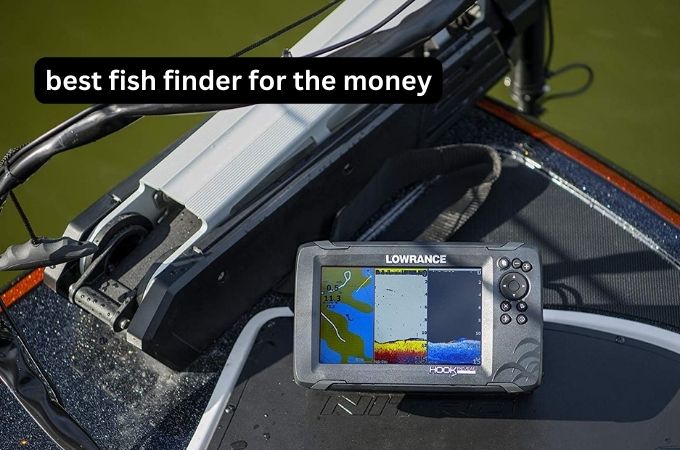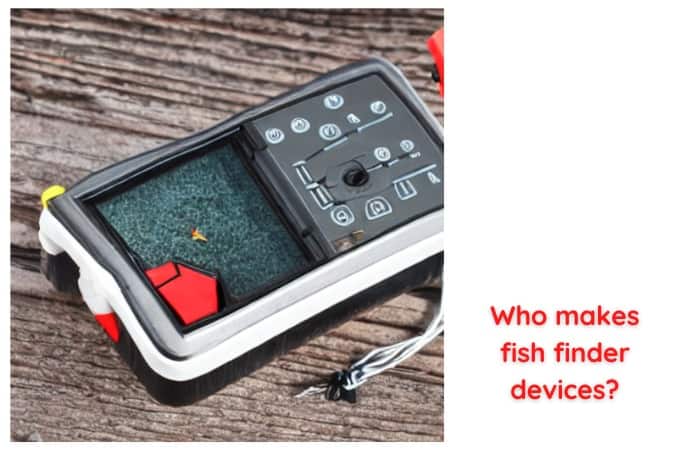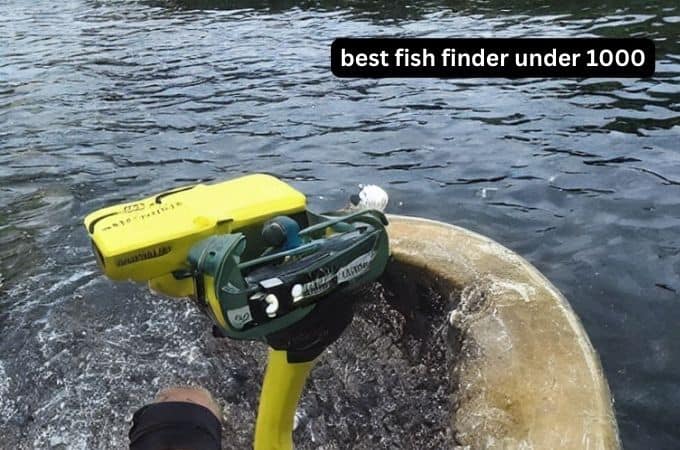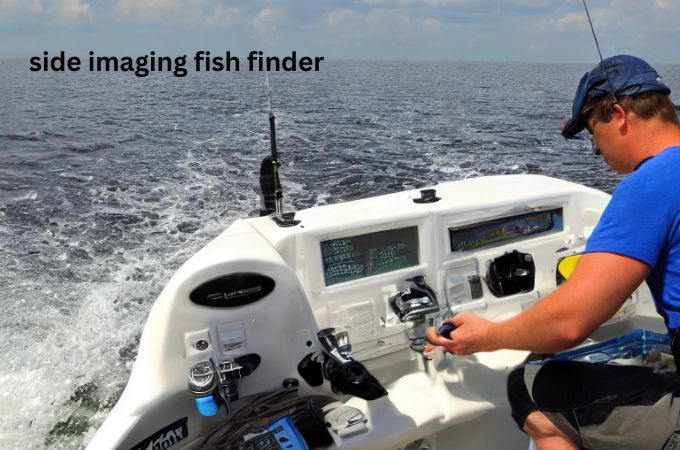The Ultimate Guide: Best Time To Catch Flounder In Florida
Looking to reel in some flounder in Florida? You’ve come to the right place! The best time to catch flounder in Florida is a question on the minds of many avid anglers. Lucky for you, we’ve got the inside scoop. Whether you’re a seasoned pro or a beginner looking to hook your first flounder, understanding the optimal time to cast your line can significantly increase your chances of success. So, without further ado, let’s dive into the world of flounder fishing in Florida and uncover the best time to catch these elusive flatfish.
Best Time to Catch Flounder in Florida:
Florida’s warm coastal waters are a haven for countless fish species, and flounder is a popular target for anglers. Known for their flat shape and distinctive brown camouflage, flounders are renowned for their delicious white meat and exciting fishing opportunities.
However, like any other fish species, flounders have their preferred time and conditions for feeding and spawning. In this article, we will explore the best time to catch flounder in Florida, taking into account various factors such as seasons, tides, and weather conditions.
The Impact of Seasons on Flounder Fishing
Flounder fishing in Florida can be affected by the change in seasons. Understanding these seasonal patterns can greatly improve your chances of a successful fishing trip.
Spring
During the spring months, flounders begin to move from their deepwater winter habitats to the shallows in search of food and mates. As the water temperature warms up, the fish become more active, making it an excellent time to target them. Look for flounder in areas with sandy bottoms near structures like docks, bridges, and oyster bars.
Summer
Summer is a productive time for flounder fishing in Florida. The warmer water temperatures encourage the flounder to feed actively and move closer to the shore. Early mornings and late evenings are the best times to target flounder during this season, as they tend to seek shelter from the intense midday sun. Pay attention to areas with seagrass beds and channels, where flounder are likely to be hunting for baitfish.
Fall
As the water starts to cool down in the fall, flounder becomes more active once again. They begin to migrate back to their wintering grounds in deeper water. This period presents an opportunity to catch larger, more aggressive flounder. Focus your efforts near inlets, deep channels, and artificial reefs where flounder tend to congregate.
Winter
The winter months can be challenging for flounder fishing in Florida. The fish move to deeper waters and become less active in response to the colder temperatures. However, if you are determined to catch flounder during this season, targeting areas with deep channels and drop-offs can increase your chances of success.
Understanding Tides for Flounder Fishing
Tides play a crucial role in the feeding behavior of flounder, and understanding their movements during different tide stages can significantly impact your fishing success.
High Tide
During high tide, flounder takes advantage of the increased water depth to access shallow areas that are normally too shallow to hunt in. Look for flounder along the edges of grass flats, near oyster bars, or around other structures. They often move into these areas to feed on baitfish and shrimp.
Low Tide
During low tide, flounder tend to move into deeper channels and holes where the water remains deeper. Focus your fishing efforts in these areas, as flounder seek shelter and ambush prey passing by in the current. Fishing near inlet cuts and areas with good water flow during low tide can yield excellent results.
Optimal Weather Conditions for Flounder Fishing
While flounder can be caught in various weather conditions, certain weather patterns can make them more active and increase your chances of success.
Overcast Days
Flounder are more likely to feed actively during overcast days as the reduced sunlight provides better camouflage and less visibility for their prey. These conditions make it easier for flounder to ambush unsuspecting baitfish and shrimp. Consider planning your fishing trips during periods of cloud cover for the best results.
Changing Weather
Flounder can become more active when there is a change in weather conditions, such as a front approaching or passing through the area. These weather changes can trigger flounder to feed aggressively, seizing the opportunity to stock up on food before the conditions become unfavorable. Keep an eye on weather forecasts and plan your fishing trips accordingly.
Tactics and Techniques for Catching Flounder
Now that you understand the best time, tide, and weather conditions to catch flounder in Florida, it’s essential to familiarize yourself with effective tactics and techniques for targeting these fish.
Bottom Jigging
Bottom jigging is a popular technique for catching flounder. It involves casting a jig with a soft plastic bait near the bottom and slowly retrieving it, mimicking the movement of a baitfish or shrimp. This technique is effective in areas with sandy bottoms, near structures, and along drop-offs.
Live Bait Fishing
Using live bait, such as finger mullet or live shrimp, can be highly successful when targeting flounder. Rig the bait on a Carolina rig or a fish-finder rig and cast it near structures or areas where flounder are likely to be hiding. Allow the bait to move naturally with the current, enticing the flounder to strike.
Drifting with Scented Baits
Drifting with scented baits, such as Gulp! shrimp or mullet, can be a productive technique for catching flounder. Drift along channels, grass flats, or other areas where flounder are known to feed. The scent trail created by the scented bait will attract flounder, increasing your chances of a hookup.
Understanding the best time to catch flounder in Florida is essential for any angler seeking a successful fishing outing. By considering the seasonal patterns, tide movements, and weather conditions, you can increase your chances of hooking into a prized flounder. Remember to use the appropriate tactics and techniques discussed in this article to maximize your success on the water. Enjoy the thrill of flounder fishing in the beautiful coastal waters of Florida!
Faqs for Best Time To Catch Flounder In Florida:
Flounder fishing in Florida is generally best during the fall months, specifically from September to November. During this time, flounder migrate back to the warmer waters of the Gulf of Mexico from their offshore spawning grounds. The water temperature and conditions are ideal for catching flounder during this period.
Some of the top locations for catching flounder in Florida include the Tampa Bay area, St. Petersburg, Sarasota, and the Indian River Lagoon. These areas have ample shallow flats, estuaries, and inlets where flounder tend to congregate. They provide opportunities for both boat and shore fishing.
One popular technique for catching flounder in Florida is “flounder gigging.” This involves using a handheld spear or gig to spot and spear the flounder at night when they are feeding near the shallows. Another effective method is using live bait, such as finger mullet or shrimp, on a Carolina rig or a jig. Slowly dragging the bait along the sandy bottoms can entice the flounder to bite.
In Florida, the legal size limit for flounder is 12 inches total length. The daily bag limit is 10 flounder per person, per day. It is important to check the Florida Fish and Wildlife Conservation Commission (FWC) website for any updates or changes in regulations before embarking on a fishing trip.
Flounder fishing is often more productive during high tide when the fish move closer to the shallows to feed. However, some experienced anglers also find success during the falling tide as flounder tend to position themselves near deeper channels or depressions. It is recommended to experiment with different tidal conditions to determine what works best in your chosen fishing spot.
When targeting flounder in Florida, keep an eye out for sandy or muddy bottoms, submerged structures like docks or bridge pilings, and areas with seagrass beds. Flounder often hide or ambush prey in these locations, making them prime spots to target. Additionally, look for areas with slow-moving or gentle currents as flounder prefer areas with minimal water movement.
Absolutely! Flounder fishing in Florida can be enjoyed from both a boat and the shore. Many anglers have success targeting flounder from piers, jetties, and along the shoreline of estuaries or inlets. By casting near structures or areas with good tidal flow, anglers can increase their chances of catching flounder from the shore.
Final Thoughts:
The best time to catch flounder in Florida varies throughout the year, but the peak seasons are typically in the spring and fall. During these times, flounder are more active and abundant in the coastal areas of Florida. Anglers can increase their chances of success by targeting flounder during the incoming tides and focusing on areas with sandy or muddy bottoms. Additionally, using live shrimp or small baitfish as bait and adjusting fishing techniques to the current conditions can greatly enhance the fishing experience. So, whether you’re a seasoned angler or a beginner, planning your fishing trips during the best time to catch flounder in Florida will significantly increase your chances of a successful and enjoyable fishing adventure.





